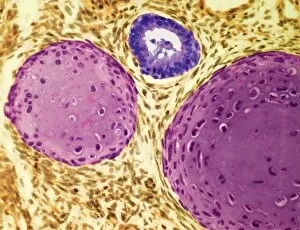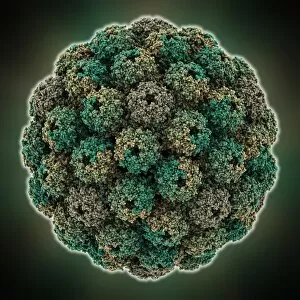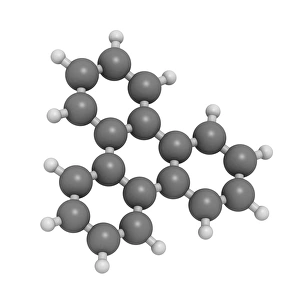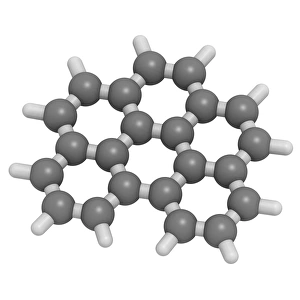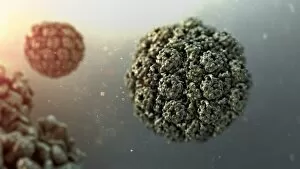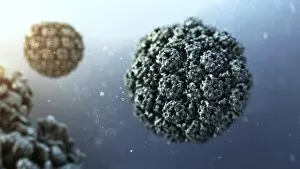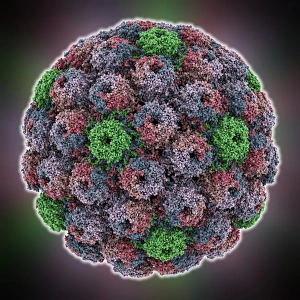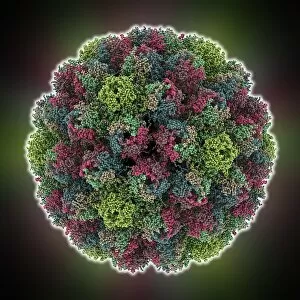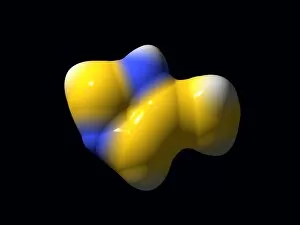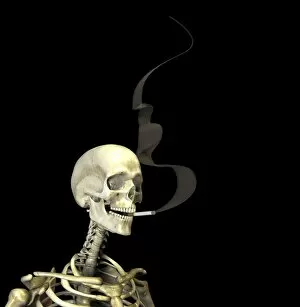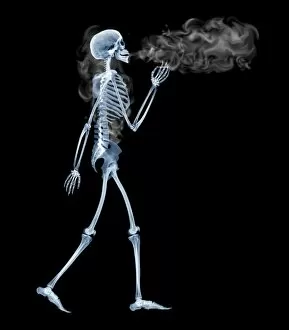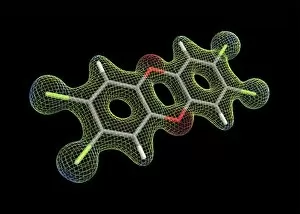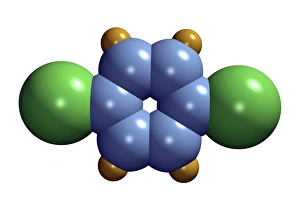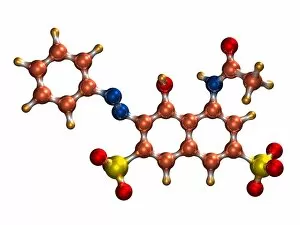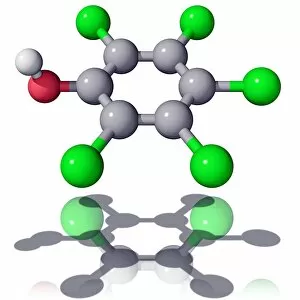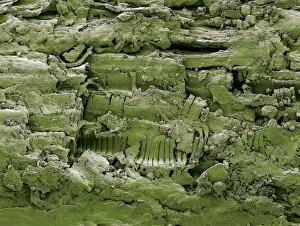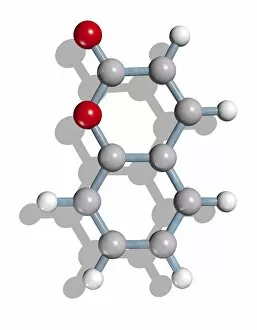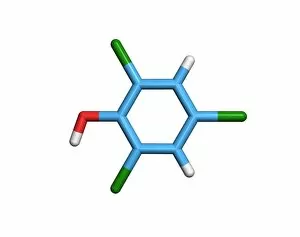Carcinogenic Collection
"Carcinogenic: Unveiling the Hidden Dangers Lurking Within" Testicular cancer, a silent threat to men's health, is depicted in these light micrographs (F005 / 6062-6064
All Professionally Made to Order for Quick Shipping
"Carcinogenic: Unveiling the Hidden Dangers Lurking Within" Testicular cancer, a silent threat to men's health, is depicted in these light micrographs (F005 / 6062-6064). As we delve deeper into the microscopic world, we encounter the menacing capsids of Murine and Avian polyomaviruses. These tiny structures serve as a reminder of how viruses can wreak havoc on our bodies. Zooming out from the minuscule to the molecular level, we come across Triphenylene hydrocarbon molecules (F007 / 0201-0202) and Dibenzanthracene hydrocarbon molecules (F007 / 0141-0142). These compounds are notorious for their carcinogenic properties, posing a significant risk to human health when exposed. Intriguingly shaped like Corannulene polycyclic structures (F007 / 0135-0136), these molecular models highlight yet another potential hazard. The intricate design conceals an underlying danger that could disrupt our body's delicate balance. Amidst this array of images lies a cautionary tale – one that reminds us of the importance of awareness and prevention. Understanding these carcinogenic elements empowers us to make informed choices about our lifestyles and environments. Let us unravel the mysteries surrounding carcinogens together, shedding light on their hidden perils. By doing so, we pave the way towards a healthier future where knowledge becomes our shield against unseen dangers lurking within.


